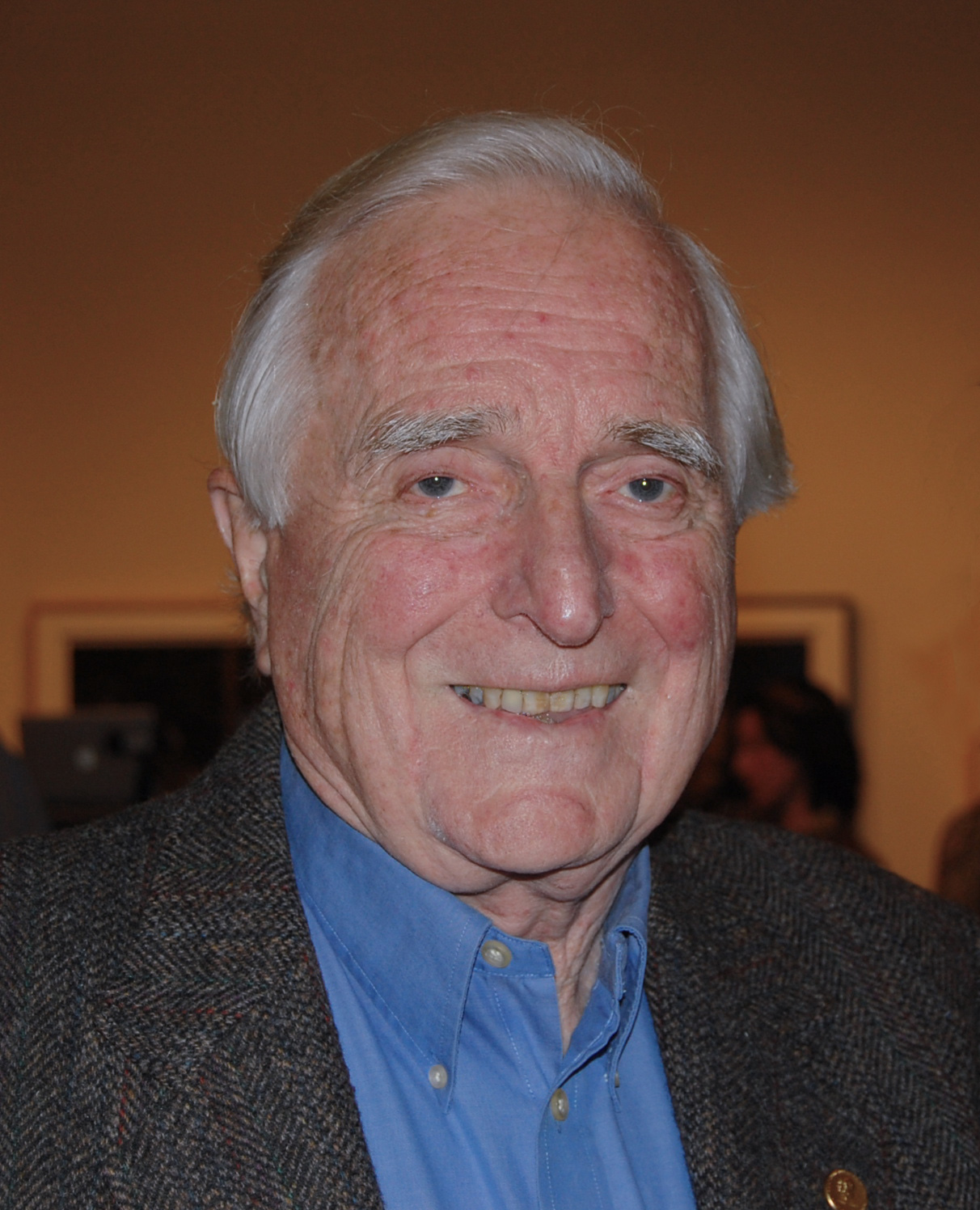“The better we get at getting better, the faster we will get better.”
Computer History Museum - Fellow Awards http://www.computerhistory.org/fellows2005/bios/engelbart.shtml
Douglas Carl Engelbart was an American engineer and inventor, and an early computer and Internet pioneer. He is best known for his work on founding the field of human–computer interaction, particularly while at his Augmentation Research Center Lab in SRI International, which resulted in creation of the computer mouse, and the development of hypertext, networked computers, and precursors to graphical user interfaces. These were demonstrated at The Mother of All Demos in 1968. Engelbart's law, the observation that the intrinsic rate of human performance is exponential, is named after him.
In the early 1950s, he decided that instead of "having a steady job" – such as his position at Ames Research Center – he would focus on making the world a better place. He reasoned that because the complexity of the world's problems was increasing, and because any effort to improve the world would require the coordination of groups of people, the most effective way to solve problems was to augment human intelligence and develop ways of building collective intelligence. He believed that the computer, which was at the time thought of only as a tool for automation, would be an essential tool for future knowledge workers to solve such problems. He was a committed, vocal proponent of the development and use of computers and computer networks to help cope with the world's increasingly urgent and complex problems. Engelbart embedded a set of organizing principles in his lab, which he termed "bootstrapping". His belief was that when human systems and tool systems were aligned, such that workers spent time "improving their tools for improving their tools" it would lead to an accelerating rate of progress.
NLS, the "oN-Line System," developed by the Augmentation Research Center under Engelbart's guidance with funding primarily from ARPA , demonstrated numerous technologies, most of which are now in widespread use; it included the computer mouse, bitmapped screens, hypertext; all of which were displayed at "The Mother of All Demos" in 1968. The lab was transferred from SRI to Tymshare in the late 1970s, which was acquired by McDonnell Douglas in 1984, and NLS was renamed Augment . At both Tymshare and McDonnell Douglas, Engelbart was limited by a lack of interest in his ideas and funding to pursue them, and retired in 1986.
In 1988, Engelbart and his daughter Christina launched the Bootstrap Institute – later known as The Doug Engelbart Institute – to promote his vision, especially at Stanford University; this effort did result in some DARPA funding to modernize the user interface of Augment. In December 2000, United States President Bill Clinton awarded Engelbart the National Medal of Technology, the U.S.'s highest technology award. In December 2008, Engelbart was honored by SRI at the 40th anniversary of the "Mother of All Demos".
Wikipedia

“The better we get at getting better, the faster we will get better.”
Computer History Museum - Fellow Awards http://www.computerhistory.org/fellows2005/bios/engelbart.shtml
Source: Computerworld 25th Anniversary edition, June 22, 1992, p 43, https://books.google.com/books?id=eiRpHBklEHQC&pg=RA1-PA42&lpg=RA1-PA42&dq=computerworld+%2B+a+person+matures+embarrassment&source=bl&ots=bMx50Sem4y&sig=hzsMesVv-vntfgEfrroBc0YrorQ&hl=en&sa=X&ved=0ahUKEwi93rKcucDJAhVL22MKHTBvCDAQ6AEIHTAA#v=onepage&q=computerworld%20%2B%20a%20person%20matures%20embarrassment&f=false
Intelligence in the Internet Age, New York Times, 9/19/05 http://www.nytimes.com/cnet/CNET_2100-11395_3-5869719.html?pagewanted=print
“If ease of use was the only requirement, everybody would still be riding tricycles.”
Source: https://www.youtube.com/watch?v=Eb4ZNcMj0uw&feature=youtu.be&t=139
Source: https://via.hypothes.is/https://foresight.org/Updates/Update29/Update29.2.php#annotations:PoEiopu_Eee_awvQEu10ag
Source: https://www.youtube.com/watch?v=OojVnbrgF2A&feature=youtu.be&start=1704&end=1772
Source: https://www.dougengelbart.org/colloquium/session_01/session_01.html#7G
Source: https://www.cnet.com/news/intelligence-in-the-internet-age/
Source: Program On Human Effectiveness, 1996, https://web.stanford.edu/dept/SUL/library/extra4/sloan/mousesite/Archive/Post68/PrHumanEffectiveness.html
Source: https://www.dougengelbart.org/content/view/138
Source: https://www.dougengelbart.org/content/view/348/000/#annotations:AVM5A_shH9ZO4OKSlBtx